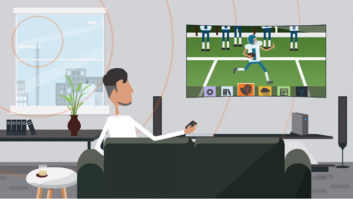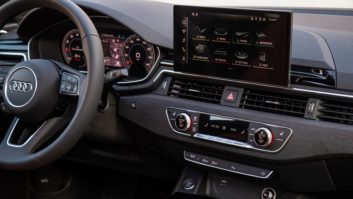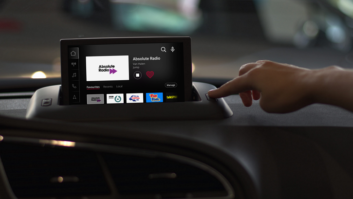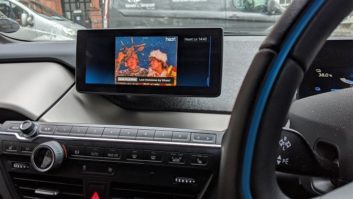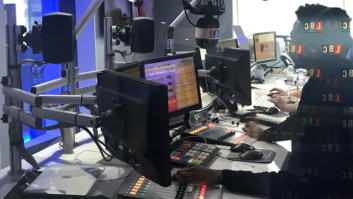What’s wrong with DAB?
Sep 1, 2000 12:00 PM, Skip Pizzi
The recent announcement of the iBiquity Digital “grand alliance” may signal the beginning of the end for IBOC. While most mergers of established companies result from perceived mutual financial benefit, the alliance of competitors before the actual launch of their businesses is usually motivated by a lack of confidence in the market. Just as a similar grand alliance in U.S. DTV produced a bastard-child format that is proving stillborn in the market, the same result is now likely for IBOC DAB.
This is not to say that merged technologies cannot be successful. Under the proper guidance of an open standards process, such combinations have flourished (witness the several MPEG formats). That’s not the case, however, for the iBiquity deal – a closed corporate process that is likely to have less than optimal results.
What each player wants Lucent’s primary objective in this deal is the use of its PAC audio-compression algorithm, which is now certain to be used in IBOC. To gain this position, Lucent may have to give up its channel coding and modulation scheme in the combined format to USADR’s. This outcome is USADR’s ostensible goal. Some observers believe Lucent’s transmission system (called MultiStreaming) is more robust than USADR’s. That debate aside, however, there is one universally acknowledged, functional difference between the two systems that could have substantial resonance.
The USADR system is (by design) unable to carry multiple program streams – at least during the transition period when analog and digital signals will both occupy the channel. (This will probably be a very long time.) The analog signal acts as a backup to the digital signal in the USADR system, meaning that the two signals are inextricably linked in simulcast. The Lucent system has no such dependency, and it would allow separate digital and analog signals to coexist on an IBOC channel.
This difference could be key to IBOC’s success. Without quantitative change (i.e., expansion of services), DAB is sure to fail. This was the lesson learned in the AM-to-FM transition. When FM was only a higher-quality simulcast of AM signals, it languished. Once FM stations were required to offer separate programming, the service became dominant.
By this analysis, because IBOC offers a smaller qualitative improvement over FM than did FM over AM, IBOC could be an even greater non-starter than FM was in its early, simulcast-only days. If the iBiquity deal mandates a simulcast-only system, it could ensure that IBOC DAB will be DOA.
Other problems These are not the only problems plaguing DAB. Throughout the world, radio broadcasters appear stuck in a paradigm they cannot escape. While the future of audio delivery is IP-based, today’s DAB services are constrained to simply delivering digitized versions of analog radio. There is no accommodation for interactivity or file downloads, and there is no standardized method of Web integration into the receiver (such as the DTV industry is developing). DAB’s lack of such features will hurt its long-term success. If nothing else, DAB’s inability to engage the e-commerce wave may ultimately place it alongside FMX and RBDS in the dustbin of failed radio standards.
Even the Eureka 147 DAB system that has been adopted outside of the U.S. has been slow to catch on. Broadcasters in several countries have begun to offer service, but the audience remains infinitesimally small. This is certainly due in part to the non-availability of affordable receivers, although this may change with the recent development of a new Eu147 receiver chipset from Philips. Nevertheless, across the international consumer electronics industry, DAB has remained a minor player, with fading rather than rising momentum, probably due to its inability to excite consumers with sufficient added value.
Requiem IBOC remains a brilliant concept for transition and spectrum efficiency, but it has always been a business and allocation plan in search of a technology. In the U.S., satellite DAB has captured much recent attention. This attention will increase dramatically as services begin to roll out in upcoming months. IBOC has been a distraction for U.S. broadcasters during this critical period, and it may already be too late for broadcasters to find a delivery standard that will allow them to play on a level field with emerging competitors.
IBOC was a great system for radio in the late 1980s and 1990s. Today, this DAB system that was never really born has already passed its prime, and iBiquity will likely serve as its final resting place.







